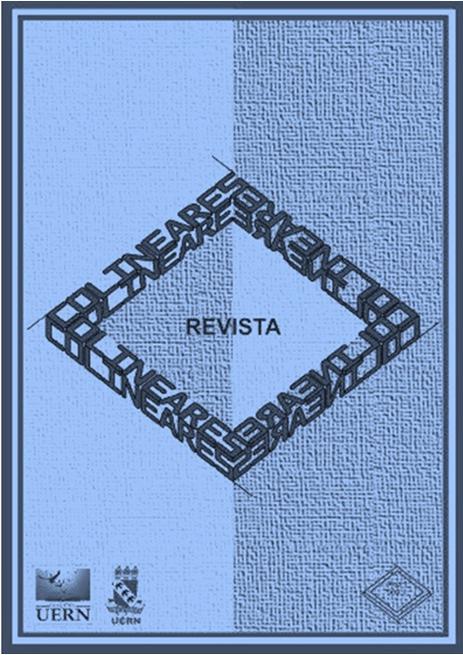SINGING AND ORAL POETRY: THE RESISTANCE OF POPULAR CULTURE
Keywords:
Cantoria nordestina, Oral poetry, Popular literatureAbstract
This work presents a descriptive analysis of the main cantoria nordestina's styles, that as the troubadour, European Literary Period, has a poetic composition of verses organized in rhyme and metric. Stating that its main features are the improvisation repente and the challenge between popular singers, It shows the different ways of producing stanzas with rhyme's placement and metric – and even that far, melody, since that influences in the metric of several stanzas – different in each of them. The focus is to defend the regional popular literature, through oral poetry, so that it is not overlooked or ignored as it is appening. As the popular singer is an artist who knows this art through experience and practice, it should be valued, because it transmits a worldview in the popular way as people see it. This work results of research, interviews and existential knowledge that I develop as popular poet who has limited poetic production. As basis to this report, we use conceptions from Tersariol (1981), Sautchuk (2009), Tavares (2006), among others that discuss the string literature, associating it with the singing, since both are interconnected. Through knowledge of singing and folk poetry, we can obtain a more critical view, comparing it to the classic poetry because it motivates into the interest to content analysis, as their styles have a complex structure.
complex structure.
Downloads
References
OLIVEIRA, Carlos Jorge Dantas de. (2012). A formação da literatura de cordel brasileira. Tese (Doutorado em Teoria da Literatura e Literatura Comparada). Faculdade de Filologia, USC, Santiago de Compostela. 381f.
SAUTCHUK, João Miguel Manzolillo. (2009). A poética do improviso: prática e habilidade no repente nordestino. Tese (Doutorado em Antropologia). Instituto de Ciências Sociais, UnB, Brasília. 214f.
TAVARES, Braulio. (2006). O flautista misterioso e os ratos de Hamelin. 1. ed. São Paulo: Ed. 34, 2006. 80p. (Coleção Infanto-Juvenil). ISBN 85-7326-346-6.
TERSARIOL, Alpheu. (1980). Panorama da literatura Luso-Brasileira. 4. ed. João Pessoa: SOLIBRAL, 1981. 216p.
Downloads
Published
How to Cite
Issue
Section
License
Copyright (c) 2016 Francisco Jairo Silva Paiva, Raimundo Leontino Leite Gondim Filho

This work is licensed under a Creative Commons Attribution-NonCommercial-ShareAlike 4.0 International License.






